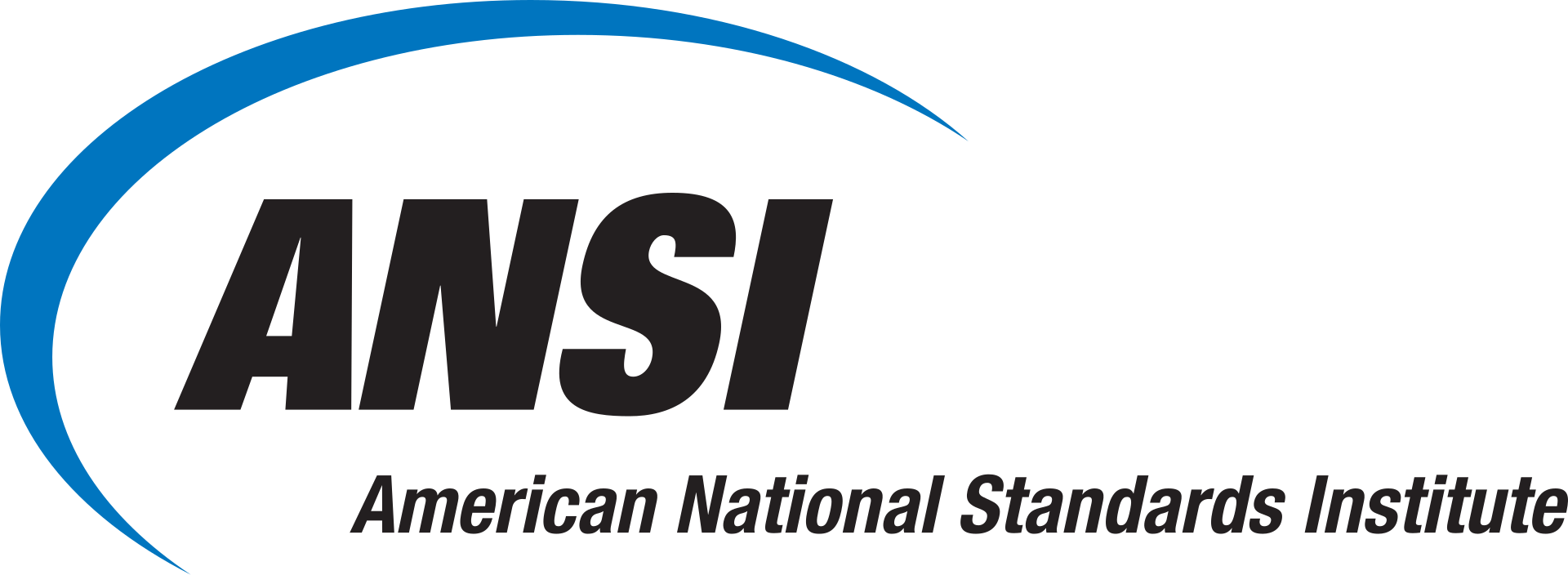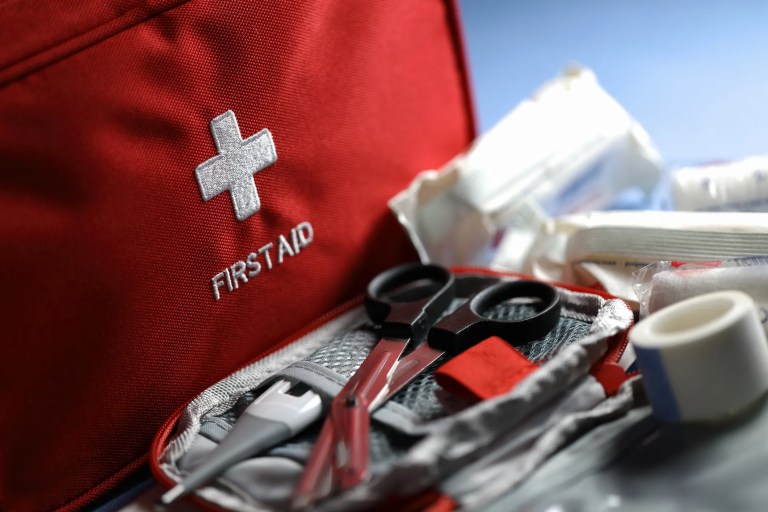Cottage Cheese Standards: Why They Matter for Quality

Cottage cheese gets its name from the old European tradition of farmers making it in their cottages or farmhouses using leftover sour milk from butter-making. Immigrants brought the tradition of fresh cheesemaking with them to America. By the mid-1800s the term “cottage cheese” entered the American vocabulary; cottage cheese is actually believed to be one of the first cheeses made in America. While cottage cheese may seem like a simple dairy product, each bowl of curds, whey, cream, and salt is backed by strict standards that assure consistency, safety, accurate labeling, and consumer trust.
What Is Cottage Cheese & How Is It Made?
Cottage cheese is a fresh, mild-flavored cheese known for its soft, curd-like texture. It is made by adding acid to pasteurized milk, which causes the milk solids (curds) to separate from the liquid whey. This acidification can be achieved either by introducing a lactic acid-producing bacterial culture or by adding a food-grade acid such as vinegar.
Once the curd forms, it is gently cut into smaller pieces to help release additional whey. The curds are then lightly cooked and pressed to expel more liquid, rinsed to remove excess acidity, and finally seasoned with salt.
Why Is Cottage Cheese Popular?
Cultured dairy product reached $1.75 billion in dollar sales for the 52-week period ending Feb. 23 and retail sales of cottage cheese have increased 20%from June 2024 to June 2025. This data shows a renewed consumer interest in cottage cheese. Further, cottage cheese has surged in popularity due to its unique combination of nutrition, versatility, and convenience.
- Nutrition: Cottage cheese is high in protein and low in fat (especially in its low-fat or non-fat varieties)
- Versatility: Its mild flavor and creamy texture make it easy to pair with both sweet and savory foods—think fruit, honey, herbs, or even as a topping for toast or baked potatoes.
- Convenience: Cottage cheese is ready to eat straight from the container, making it a go-to snack or meal addition for busy lifestyles.
Whether you are trying to build muscle, manage weight, or just eat clean, cottage cheese fits right in.
What Are Food Standards?
Food standards are official rules and regulation that assure the quality, safety, and honesty of food, covering aspects like ingredient composition, labeling, preparation, and handling. These standards protect consumers from foodborne illnesses and misleading claims, ensuring fair trade, and provide confidence in the food supply chain. Food standards are set by:
- International bodies like the Codex (Codex Alimentarius), ISO (International Organization for Standardization), WHO (World Health Safety Organization),
- National agencies such as the U.S. FDA (Food and Drug Administration), EFSA (European Food Safety Authority), etc.

How Do Standards Guide Cottage Cheese Manufacturing?
Standards in cottage cheese manufacturing are critical guardrails. They provide the requirements for food safety, quality, and composition, such as specific moisture and milkfat content, microbiological limits, and guidelines for texture and flavor. Standards are also paramount in harmonizing definitions across countries, making trade easier and consumer expectations more consistent.
What the FDA Says About Cottage Cheese
In the U.S., cottage cheese is regulated under the FDA’s Code of Federal Regulations: 21 CFR § 133.128. The regulation defines the legal identity for cottage cheese, including:
- The finished product must contain at least 4% milkfat by weight
- Moisture must not exceed 80% by weight
- A “creaming mixture” (milk, cream, or substances derived from milk) may be used, but any non‑milk derived ingredients must serve a functional purpose and be used at minimal levels
These rules ensure that when consumers buy “cottage cheese,” they are receiving a product that meets those baseline compositional standards—no fraudulent shortcuts.
What the Codex Says About Cottage Cheese
While the Codex Alimentarius—the international food standards authority—has comprehensive standards for many dairy products, there is not a specific Codex standard titled only for cottage cheese. Instead, cottage cheese generally falls under the category of “cheese” or “fresh cheese” in Codex documents. Codex defines general standards for cheese (Codex Stan 283-1978), which include:
- Minimum milk fat content
- Moisture limits
- Allowed additives and cultures
- Basic microbiological and hygiene standards
(Codex stan 273-1968) specifies requirements for the composition, ingredients, labeling, and hygienic practices in cottage cheese and the standard defines cottage cheese as a soft, unripened, and rindless cheese. So, cottage cheese must meet:
- High moisture content (up to 80%)
- Specific milk fat levels depending on type (full-fat, low-fat, or non-fat)
- Restrictions on additives (such as thickeners, preservatives, and colorants)
ISO Standards for Cottage Cheese
International standards also govern how we measure dairy characteristics, such as fat, moisture, protein, etc.—so that a result in one lab is comparable to one in another lab. Both ISO 23319:2022 and ISO 8262-3:2005 are international standards that define gravimetric methods for determining fat content in dairy products, including cottage cheese.
- ISO 23319:2022 is a standard for cheese and processed cheese products for the determination of fat content using a gravimetric method. The standard provides a detailed, step-by-step procedure for analyzing the fat content of cottage cheese.
- ISO 8262-3:2005 specifying the Weibull-Berntrop gravimetric method for determining the fat content in milk-based foods where the standard Röse-Gottlieb method is unsuitable, such as those with lumps, high carbohydrate content, or free fatty acids. It is applicable to fresh cheese types, including cottage cheese.
These standards focus on assuring accurate fat measurement, especially in cases where product texture or composition—like lumps or high carbohydrate content—makes standard methods unsuitable.
Why Standards Are Critical, Especially for Cottage Cheese
- Consumer Protection & Trust: Without standards, manufacturers might distort formulations—using excess water, mislabeling fat content, or omitting key disclosures. Standards help prevent such misrepresentation.
- Consistency Across Producers & Regions: Whether you buy cottage cheese in New York, London, or Sydney, standards help assure you get a product with consistent texture, fat, and moisture—no surprises.
- Interoperability in Supply Chain & Testing: Farms, dairies, labs, regulators—all rely on shared standard methods so data flows meaningfully. It is no use if your test shows 3.8% fat and another lab’s test (using a different method) shows 4.2%.
- Facilitating Trade & Regulations: International standards reduce trade barriers, enabling smoother imports and exports.
- Encouraging Safe Innovation: Standards do not stifle innovation—they create a safe envelope. Makers can experiment with strain cultures, processing tweaks, or packaging improvements, as long as they stay within the identity rules.
Final Curds of Wisdom
Cottage cheese may be a simple product, but behind its creamy texture lies a complex web of food laws and standards that assure it is safe to eat, meets nutritional expectations, and is fairly represented on store shelves.
So, the next time you scoop some onto your salad or eat it with fruit, you will know the rigorous standards that helped bring that curd to your plate.






